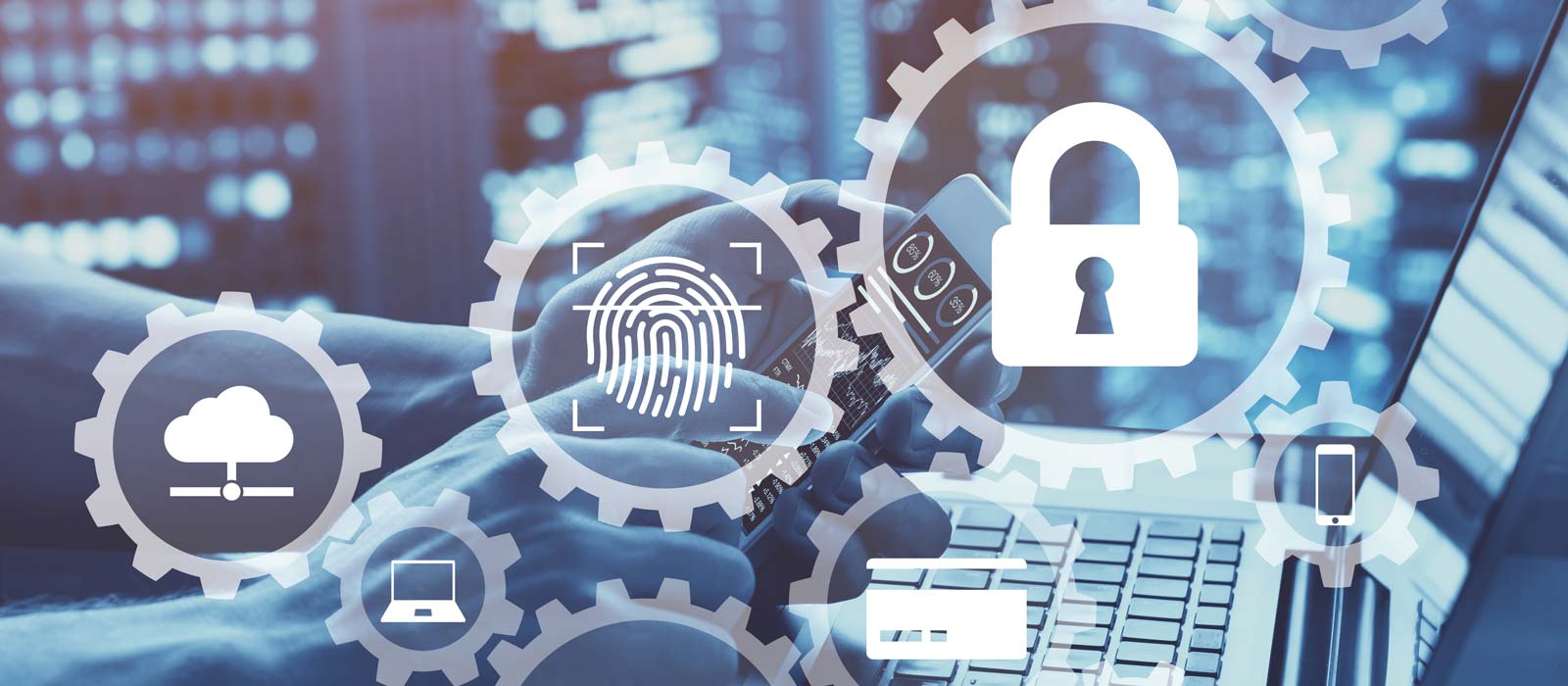
03 Jun Keeping Your IoT Environment Safe from Cybercriminals
Nowadays, everything is becoming a computer. Your microwave is a computer that makes things hot; your refrigerator is a computer that keeps things cold; your smartphone is a small computer that makes phone calls; an ATM machine is a computer with money inside. These computing devices are omnipresent within our daily lives.
Thanks to the arrival of low-cost microcomputer chips and the existence of wireless networks, almost anything (physical) can be converted into an IoT device that can be connected to the network for remote management. As everything becomes a computer, computer security becomes increasingly critical. In cyberspace, cybercriminals are scanning for— and compromising— IoT devices to use them for malicious activities.
What’s Being Targeted?
Targeted IoT devices include connected medical devices, routers, smart refrigerators, smart fire alarms, streaming devices, IP cameras, smart security systems, network-attached storage devices, and so on. It’s obvious that cybercriminals are now extremely active and are continuously scanning for unprotected IoT devices. The dramatic rise in port scanning is proof enough.
What’s the Risk?
Hackers use compromised IoT devices to create havoc within an IoT network. These harmful activities can include the following:
- Sending spam emails
- Obfuscating network traffic
- Masking internet browsing
- Generating click-fraud activities
- Running credential-stuffing attacks (use of an automated script to test stolen credentials from other data-breach incidents)
- Selling of IoT botnets to other cybercriminals for profit
whitespace
Protecting Your IoT Devices
IoT devices make our lives more comfortable. But, most of them lack the security points that are common in computers, laptops, and smartphones. To protect your IoT devices against cybercriminals, we recommend the following:
- Change default usernames and passwords.
- Make sure that IoT devices are up to date and have the latest security patches.
- Configure firewalls to allow traffic from trusted IP addresses and disable port forwarding.
- Before getting a new IoT device and taking it home, you should always consider whether it really benefits you.
- Use available security solutions.
The main issue here is that people can run a security solution on their laptop or PC, but many other devices in our homes and businesses are not secure and we can’t install security solutions on most IoT devices. So, what can be done about it?
The best solution is to integrate security measures from the ISP’s side. This is where MicroAI’s MicroAI™ comes into play. Based on the level of implementation an ISP decides, users can stop worrying about whether or not their IoT devices are secure.
MicroAI’s MicroAI™ was developed to enable machine operators and device managers to gather specific data about their assets in real-time without dependency on the cloud. The result is a greater awareness of operational performance and security. This increased awareness leads to an accelerated digital transformation of the business. In addition, MicroAI™ can deliver real-time critical alerts to those who need it most, making workers and their environments safer and more productive.

